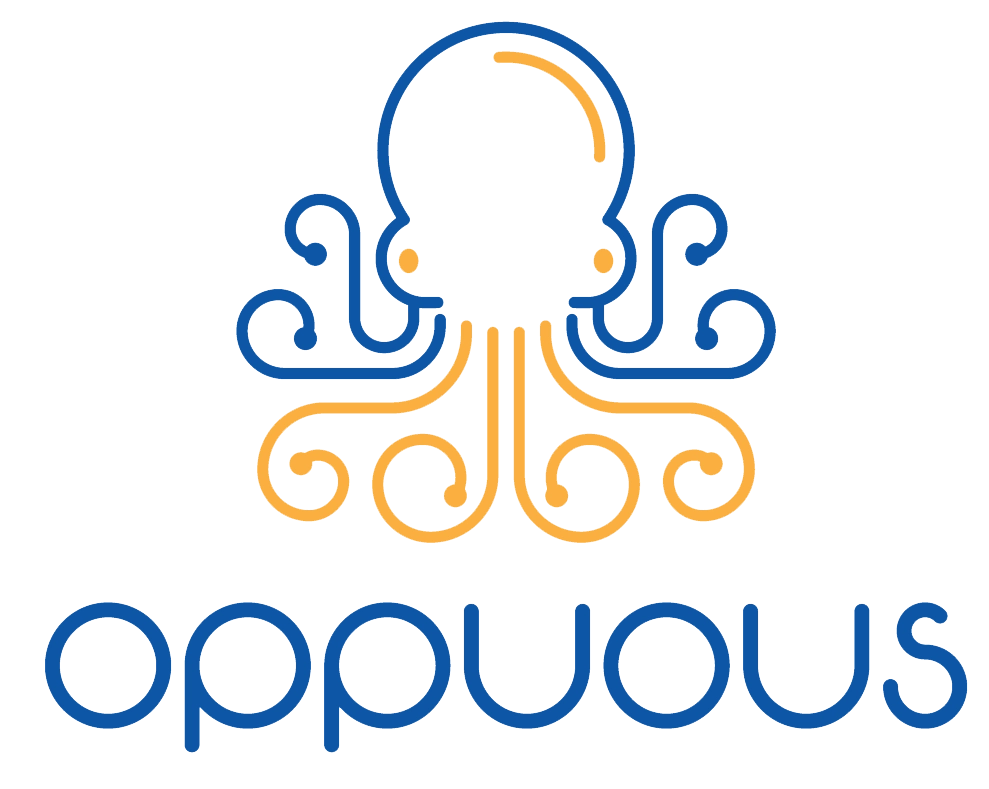Maximizing profitability is a top priority for most businesses today, especially in an uncertain economy. However, budget constraints can seem like an insurmountable challenge for IT departments that need to constantly innovate to meet customer demands and stay ahead of the competition. Fortunately, IT leaders are not intimidated by this reality and are instead finding innovative solutions to continue driving progress even on a tight budget.
“There is a huge pressure on IT budgets across organizations,” says Vijay Sethi, the chairman and chief mentor of MentorKart, a technology-based mentorship platform. “At the same time, the demands of users from IT are growing as they expect more digitization and better hardware.”
Sethi, who formerly served as CIO and CHRO for Hero MotoCorp for over a decade, mentions various factors that constrict IT budgets, including rising software license costs, elevated consulting fees, hardware expenses that have gone up because of chip shortages, and inflation.
Despite these obstacles, Sethi believes that innovation is even more crucial in these challenging times. “While it may seem very challenging for a CIO to drive innovation in such a scenario of budgetary pressures, the reality is that the need for innovation is the highest at such times,” he says.
Therefore, many IT leaders must be innovative with virtually zero or limited budgets. In the coming year, more IT leaders will be facing this challenge. In this article, IT leaders share real-life examples of how they drove innovation frugally and how it impacted their role as a CIO.
Transforming a Bank on a Limited Budget
As financial institutions worldwide embrace digital transformation, Prasanna Lohar, former vice president of technology at DCB Bank, was tasked with leading innovation across the organization. Despite requesting a team of 6 to 7 individuals, his request was denied by upper management.
“While banks like ICICI and Citibank placed a high priority on innovation, we were lagging behind at level three,” Lohar explains. “Management didn’t fully grasp the effort and resources required for innovation.”
Determined to drive change without a budget, Lohar took matters into his own hands. He reached out to industry partners and competitors to understand their innovation and digitization initiatives. This helped him establish an innovation framework and structure internally without the need for a pricey consultancy.
“In consultation with the business stakeholders, we identified more than 40 areas across the organization that could leverage the power of digital transformation through the program,” he says. Lohar organized an innovation carnival, the DCB Innovation Carnival, to bring together technical experts and digital solutions at an economical cost. By partnering with top technology vendors and the National Association of Software and Service Companies (NASSCOM), he brought over 90 companies on board as members of the acceleration program. The hackathons across cities such as Bengaluru, Pune, and Ahmedabad were conducted using NASSCOM offices to save on real estate expenses.
According to Lohar, this effort resulted in significant cost savings. “We only spent between ₹1.6 million to ₹1.7 million, which would have otherwise cost us ₹5 million. And by working with the partners we met at the event, we were able to successfully implement over 15 technology solutions, such as an HR management system, an ATM opening process through blockchain, a lead management system, an Aadhaar-enabled ATM, and several card management, issuance, and other card projects. We easily saved ₹20-30 million,” he says.
Maximizing In-House Skills to Increase Efficiency and Cut Costs
When Subroto Panda, the CIO at Anand & Anand, was tasked with improving the customer experience, he knew that he needed to leverage automation in a unique way. Panda realized that developing the solution in-house would be the best approach for several reasons. The law firm’s lawyers’ busy schedule would have made hiring outside developers challenging. Prominent vendors and systems integrators would have come with high costs and long timelines, not to mention their standard operating procedures. Furthermore, the top management was only interested in partnering with an outside company if the project was large in scope.
So, Panda and his team decided to tackle the project on their own. They created crawlers using ASP.NET and JSON to monitor the government’s patent and trademark registration websites, such as USPTO and WIPO, and track the application updates. Whenever there was a change in an application’s status, the crawlers would extract the information from the government’s site and send an email to the attorney handling the client for action.
Panda says that this innovative approach saves time and eliminates errors caused by manual data entry. Before, it would take a person 30-35 minutes to handle one application with no guarantee of accuracy, but now a couple of applications can be completed within 60 seconds with 100% accuracy.
In addition, Panda’s team has developed a solution that predicts whether a client will be granted a desired patent or trademark. They arranged metadata from historical cases and used an ETL tool and a specially developed algorithm to predict the outcome with an accuracy rate of 80%.
Panda points out that partners had quoted a cost of ₹25 million and a timeline of three months for the project, but they could complete it without any capital expenditures in just 15 days.
Revamping the System through Open Source
Abhishek Singh, CIO at travel portal Cheapflightsfares.com, had to find a new way to handle the challenges facing his business. The company was suffering from frequent Telephony Denial of Service (TDoS) attacks, also known as robocalling, that were crippling customer service and sales operations. “We were receiving up to 2.5 million TDoS calls a day, and there was no way to stop them. The attackers were motivated and determined,” Singh explains.
The available solutions were either too expensive or needed more features. “Vendors like Avaya and Cisco would have cost us a minimum of $400,000 and taken a year to develop. Off-the-shelf solutions were charging one cent per call, which would have been unaffordable if we were getting 500,000 calls a day. Plus, they only offered partial functionality,” Singh says. “So, we decided to take matters into our own hands.”
Singh and his team built an in-house solution, starting with the SIP call handling. “We analyzed and manipulated the SIP header and modified the existing PBX program,” Singh says. Session Initiation Protocol (SIP) is a signaling protocol that enables VoIP by managing the messages between endpoints and elements of a call. The solution also included the open-source communications framework Asterix, cryptography, encryption, API integrations, database queries, and scripting.
“The entire solution was based on open source and was ready to launch in 2019 after just four months with one server and three resources. It quickly analyzes calls to determine if they are fake or real and routes them accordingly. It’s designed to handle any number of calls, with a 100% impact on the business and the ability to scale,” Singh says.
The Advantages of Cost-Effective Innovation
Undertaking frugal innovations can bring multiple benefits to IT executives and their organizations. Such innovations display the CIO’s desire to get the job done and can lead to new revenue opportunities, which top management increasingly seeks from IT leaders.
For instance, Panda’s solution for Anand & Anand has been offered to the law firm’s clients on a subscription basis. “We already have a few customers and aim to promote it in the future actively. This has turned the IT department into a profit center from a cost center,” Panda says.
Innovation projects like the hackathon approach taken by Lohar at DCB Bank can provide IT leaders with valuable connections across the tech industry. “Now, if someone needs a startup for a project, we can match them in one day,” says Lohar. “If there was a need for three or four partners, we can quickly bring them together.”
These endeavors also build trust in the CIO throughout the organization, as everyone sees the CIO’s commitment to the financial well-being and goals of the organization, says Sethi of MentorKart.
Singh concludes that his work at Cheapflightsfares.com also raised his team’s confidence. “The solution that we developed has been adopted by other large travel portals with added features. This was a huge validation of our efforts,” he says. “Large enterprises also patent innovative projects by their CIOs, which includes their names and provides additional R&D budgets for the IT department.”
For some CIOs, like Lohar, cost-effective innovation can also be a career-making move. Lohar’s work at DCB Bank established him as an expert and thought leader in innovation. “With my experience, I now drive innovation for both Indian and international banks,” says Lohar, who has since left DCB Bank to become the CEO of Block Stack, serving clients such as SBI, Union Bank, Motilal Oswal, and NIBM.
Innovating on a Tight Budget
With many businesses focusing on cost-saving measures, here are a few ways IT leaders can achieve more while spending less.
Evaluating Your Budget Priorities
IT budgets are often under tremendous stress, making it difficult for CIOs to allocate funds toward innovation. According to Sethi, IT initiatives should be separated into three categories: vital, essential, and desirable. This can be done by considering their importance from a business, technical, and risk standpoint.
CIOs should leave their personal biases aside during this process. For example, if an IT leader wants to upgrade a system that is not deemed critical from any of the three perspectives, it should be postponed. This process helps prioritize spending. Sethi suggests, “At the end of the exercise, technology leaders may finally come up with 50% budget for vital initiatives, 30% for essential projects, and the balance 20% for desirable initiatives.” With a clear budget, CIOs can implement innovative solutions accordingly.
Maximize the Benefits of Collaboration
CIOs can overcome financial restrictions by maximizing the advantages of collaboration, a strategy that Lohar employed with exceptional results. He explains, “We launched the DCB Innovation Carnival by forming alliances with tech firms and industry groups. This gave us access to their resources, enabling us to carry out the project efficiently.” Lohar continues, “In addition to driving innovation on a tight budget, the initiative brought valuable intangible benefits to the bank, such as significant marketing and branding opportunities. We even received five awards for this program.”
Once the solutions developed through the DCB Innovation Carnival were successfully executed, Lohar’s CFO became more open to providing funding for future innovations. Lohar states, “Following this hackathon, we had plans to establish an innovation lab. The necessary budget was ₹46 lakh, which the CFO approved without hesitation. This showed the trust and confidence we had gained in the company.”
Incentivize Partners and Team Members
According to Singh, “One of the biggest hurdles in innovating with a limited budget is finding a vendor who is willing to customize and develop at a low cost, as well as team members who are willing to work hard and test the solutions in real-life scenarios. We offered our partner company the opportunity to sell the developed solution to other customers, which they found compelling enough to work with us virtually for free. We also motivated our team members by providing incentives and upskilling opportunities, which brought them on board,” he says.
Commit to Improving Skills and Conducting Research
IT leaders seeking to innovate frugally can benefit from dedicating time to both upskilling and research. For instance, when the team at Anand & Anand decided to develop a patent automation solution in-house, they spent time improving their skills. This involved allocating specific time each day to learning and studying through various sources, including watching YouTube videos.
Similarly, Singh emphasizes the importance of research in the development process. Before creating their TDOS solution, they extensively studied articles related to product design. They suggest CIOs focus on university research articles, which often provide a solid foundation for new products. Alongside technology, problem-solving also involves asking questions, being agile, and recognizing patterns.
Innovating cost-effectively is challenging, as it requires CIOs to minimize costs and risks while maximizing returns. But there are IT leaders who always aim to do things faster, cheaper, and better. They have a greater chance of delivering innovation on a tight budget.
When technology leaders have a forward-thinking and cost-conscious mindset, they have a greater chance of delivering impactful innovation while keeping expenses to a minimum. To do this, they must be strategic with their budget and prioritize their spending. They can consider categorizing their IT initiatives into three categories: vital, essential, and desirable. This categorization should be based on considerations such as business criticality, technical criticality, and risk mitigation. With this exercise, technology leaders can gain clarity and allocate their budget in a way that prioritizes vital initiatives, essential projects, and desirable initiatives in a balanced manner.
In conclusion, frugal innovation requires IT leaders to minimize costs and risks while maximizing returns. By dedicating time to both upskilling and research, CIOs can position themselves to deliver innovative solutions on a tight budget. When such leaders successfully build and deploy cost-effective solutions, they earn respect, referrals, and a lasting reputation.
Book some time with our IT Leaders to guide you in finding the best fit for your company’s needs: https://letsmeet.io/oppuousllc/30-minute-consultation.









